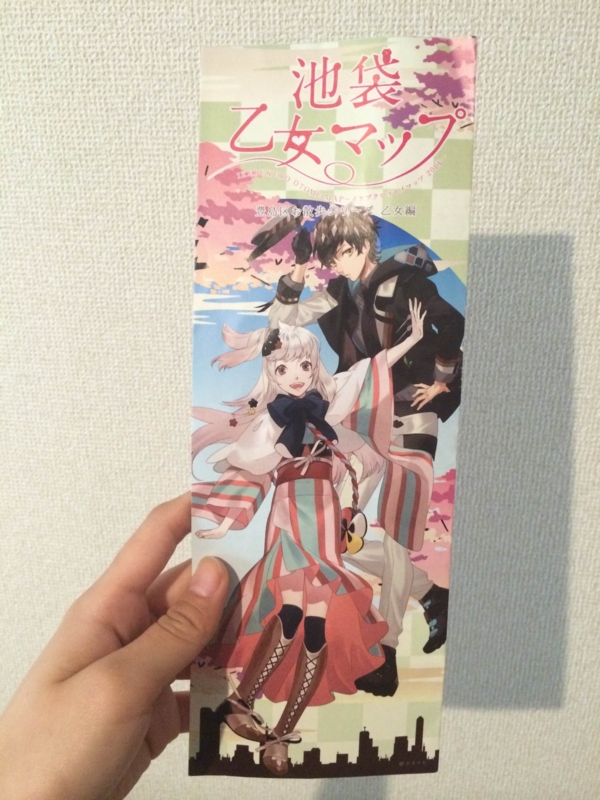Summary of Food Culture in Tokyo
Tokyo currently boasts a wide variety of cuisines from countries all around the world.
 Tokyo has it all, from global cuisine to fad foods, from rare finds to simple eats, and from relatively cheap meals to extremely expensive haute cuisine. Tokyo, or Edo, as it was formerly called, is constantly brimming with new styles of cuisine and foreign foods, yet Tokyo is still firmly rooted in the food culture developed a long time ago when it was still referred to as Edo. Much of Tokyo's cuisine doesn't so much represent old style Japanese food as much as it represents a cuisine loved by all Japanese people. In Tokyo, food culture can best be described as a mix of both old and new cuisines.
Tokyo has it all, from global cuisine to fad foods, from rare finds to simple eats, and from relatively cheap meals to extremely expensive haute cuisine. Tokyo, or Edo, as it was formerly called, is constantly brimming with new styles of cuisine and foreign foods, yet Tokyo is still firmly rooted in the food culture developed a long time ago when it was still referred to as Edo. Much of Tokyo's cuisine doesn't so much represent old style Japanese food as much as it represents a cuisine loved by all Japanese people. In Tokyo, food culture can best be described as a mix of both old and new cuisines.
History of Edo/Tokyo
 In former times Tokyo called "Edo". This representative names, also represents the background. The mid-17th century to the 19th century, the Tokugawa family ruled Japan for up to 265 years, and called the Edo period (1603-1868 CE). Japan is rare this time of war and civil strife not long era of economic, industrial and cultural development both by the world. On food culture also. Culture of dining out, reportedly derived from the food stalls of the Edo period. The mid-19th century, the end of the Tokugawa family regime, and it has painted the Edo period. Since then, the former "Edo" was renamed "Tokyo" will.
In former times Tokyo called "Edo". This representative names, also represents the background. The mid-17th century to the 19th century, the Tokugawa family ruled Japan for up to 265 years, and called the Edo period (1603-1868 CE). Japan is rare this time of war and civil strife not long era of economic, industrial and cultural development both by the world. On food culture also. Culture of dining out, reportedly derived from the food stalls of the Edo period. The mid-19th century, the end of the Tokugawa family regime, and it has painted the Edo period. Since then, the former "Edo" was renamed "Tokyo" will.
Enjoying Tokyo Food Culture
Edomae
 Seafood caught in Tokyo Bay was referred to as "Edomae." Seafood was caught very close to Edo and was able to be freshly prepared and served. Nowadays, there isn't much seafood caught in Tokyo Bay, and anything good that is caught there usually fetches a high price. Additionally, "Edomae" also includes the meaning "in the Edo style."
Seafood caught in Tokyo Bay was referred to as "Edomae." Seafood was caught very close to Edo and was able to be freshly prepared and served. Nowadays, there isn't much seafood caught in Tokyo Bay, and anything good that is caught there usually fetches a high price. Additionally, "Edomae" also includes the meaning "in the Edo style."
Edo Yasai
 Vegetables cultivated in the vicinity of Edo during the Edo period are referred to as "Edo yasai." In the past few decades, vegetables that are easy to cultivate and distribute have become popular, and the varieties and amounts of Edo yasai being produced has declined. Recently there have been movements to revive Edo yasai, and farms have increased and some vegetables have made a comeback. Nerima daikon radishes and Senju negi onions are examples of Edo yasai.
Vegetables cultivated in the vicinity of Edo during the Edo period are referred to as "Edo yasai." In the past few decades, vegetables that are easy to cultivate and distribute have become popular, and the varieties and amounts of Edo yasai being produced has declined. Recently there have been movements to revive Edo yasai, and farms have increased and some vegetables have made a comeback. Nerima daikon radishes and Senju negi onions are examples of Edo yasai.
Typical Tokyo Foods
Edomae-Zushi
 Originally referred to sushi prepared with fish caught in Tokyo Bay, but now refers to sushi cuisine focusing on nigiri-zushi as well as sushi using carefully prepared ingredients.
Originally referred to sushi prepared with fish caught in Tokyo Bay, but now refers to sushi cuisine focusing on nigiri-zushi as well as sushi using carefully prepared ingredients.
Soba
 Soba refers both to noodles made from buckwheat flour, as well as to a completed dish that includes soba. Soba can be eaten all throughout Japan, but it was in Edo that a sense of aesthetics was born around soba. Even now, many people have differing opinions regarding how best to enjoy soba.
Soba refers both to noodles made from buckwheat flour, as well as to a completed dish that includes soba. Soba can be eaten all throughout Japan, but it was in Edo that a sense of aesthetics was born around soba. Even now, many people have differing opinions regarding how best to enjoy soba.
Tempura
 Tempura refers to fish, vegetables, etc., dipped in batter and fried. Edomae tempura refers to seafood caught in Tokyo Bay, such as Japanese tiger prawns, conger eels, squid, etc., dipped in batter and fried in sesame oil. Tempura is dipped in a soy sauce-flavored soup called "tsuyu" and eaten with grated daikon radish.
Tempura refers to fish, vegetables, etc., dipped in batter and fried. Edomae tempura refers to seafood caught in Tokyo Bay, such as Japanese tiger prawns, conger eels, squid, etc., dipped in batter and fried in sesame oil. Tempura is dipped in a soy sauce-flavored soup called "tsuyu" and eaten with grated daikon radish.
Kabayaki
 Kabayaki is a dish made with unagi (freshwater eel). Unagi can be eaten all throughout Japan, but the Edo style involves cutting open the eel from its back, removing its head, bones, and organs, then steaming it. The steamed eel is then dipped in a sweet soy sauce and grilled over charcoal. Kabayaki was so popular with the Edo people that "Edomae" used to mean "kabayaki."
Kabayaki is a dish made with unagi (freshwater eel). Unagi can be eaten all throughout Japan, but the Edo style involves cutting open the eel from its back, removing its head, bones, and organs, then steaming it. The steamed eel is then dipped in a sweet soy sauce and grilled over charcoal. Kabayaki was so popular with the Edo people that "Edomae" used to mean "kabayaki."






